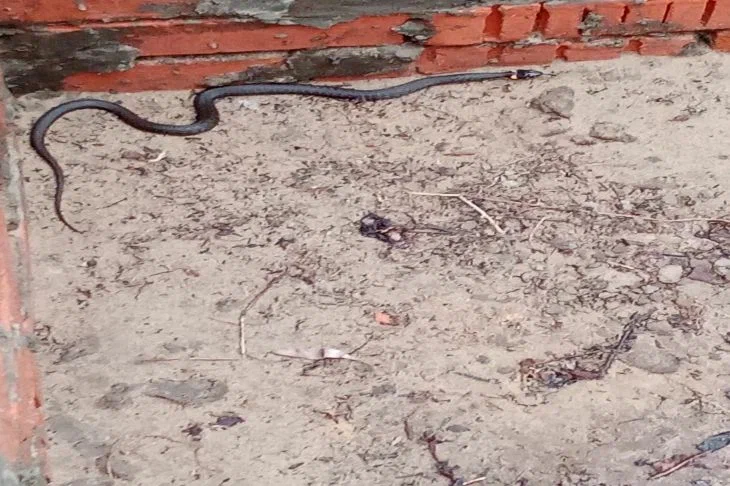Snakes are reptiles that live on almost all continents, some of them can be deadly to humans. These animals do not live in Antarctica and in... Ireland? It seems strange, right?
The island on which the country is located is separated from Great Britain by a strait, the width of which is about 80 kilometers, and such a distance is insurmountable even for snakes that can move underwater. But then how to explain the fact that there are snakes in Great Britain, although it is also separated by a large distance from other continents?
The reason for this uneven distribution of animals is geological. It is no secret that the Earth undergoes ice ages, that is, stages that replace each other and last for millions of years, and the last such period ended about 10,000 years ago. A significant part of Europe, including the British Isles, got rid of the ice shackles.
Ancient people and animals began to migrate to the islands, but not all creatures managed to settle in the depths of the islands, where the climate was still unfavorable. Snakes turned out to be such heat-loving creatures, so at first they settled only in the south of Great Britain. Due to the Ice Age, the North Strait was formed between the islands, so the island separated, "not taking" the reptiles with it, since Great Britain was connected to the mainland for about two thousand years. That is, these animals simply did not have time to penetrate Ireland and populate it.
If the scientific explanation doesn't seem interesting, you can turn to the legend. It says that Saint Patrick summoned snakes on the island and told them to throw themselves into the water from Mount Crow, only one snake didn't listen to Patrick and stayed. A man decided to cheat and bet him that the snake wouldn't fit into a wooden box. The old snake climbed into the chest, which Patrick immediately closed and threw into the sea.

In fact, snakes do not live on several other large islands, such as New Zealand, Iceland, and Greenland. This seems like a good thing, but in practice it is not always the case.
If a snake accidentally gets into these places and ends up in the wild, it can turn out to be an invasive species and destroy up to several animal species. This has already happened on Guam, an island where there were no snakes, but the brown boiga, accidentally getting there, began to reproduce and destroyed a huge number of birds.








